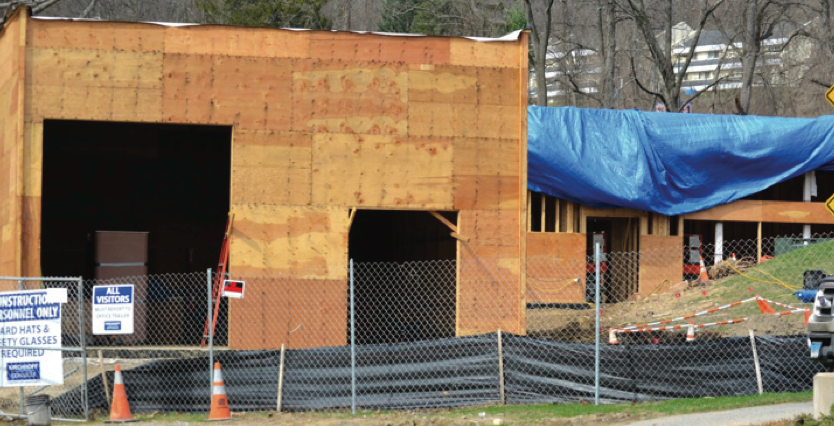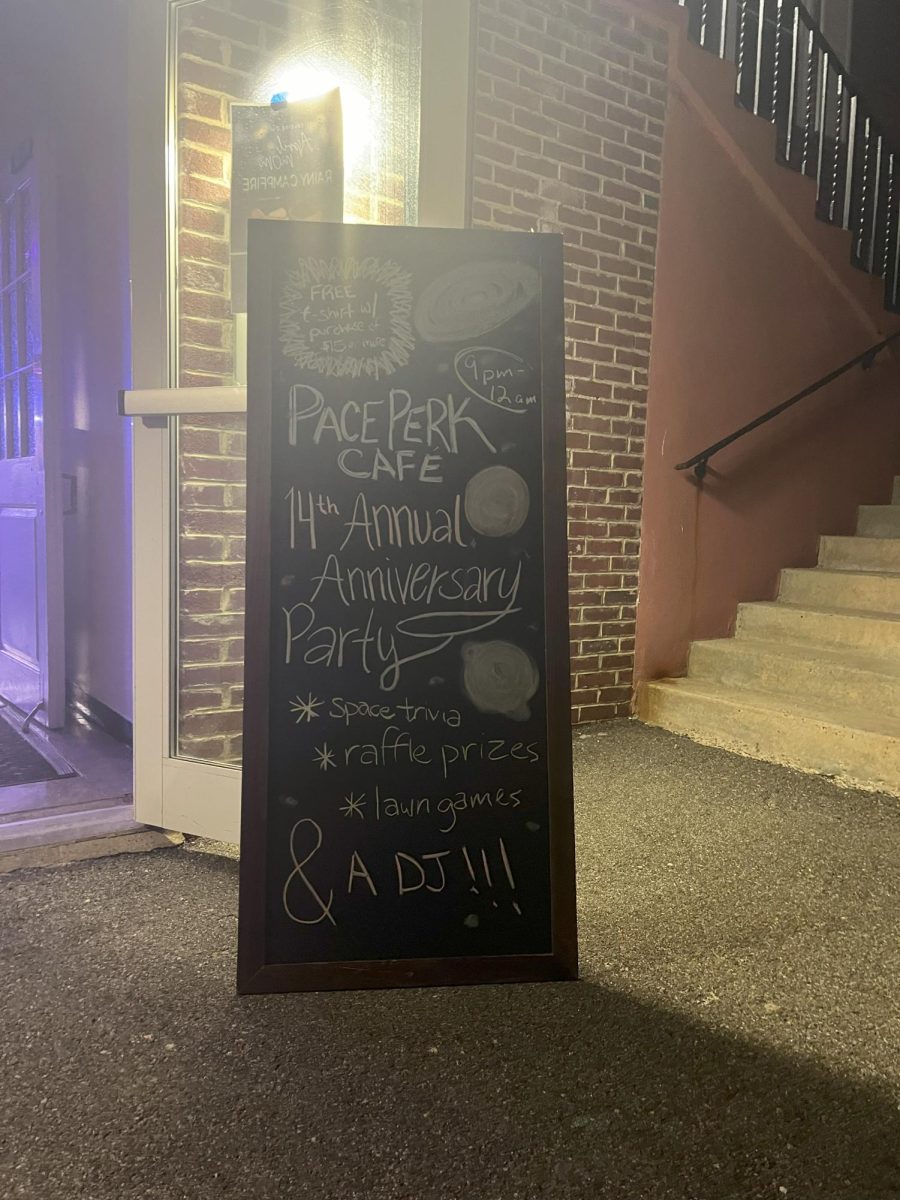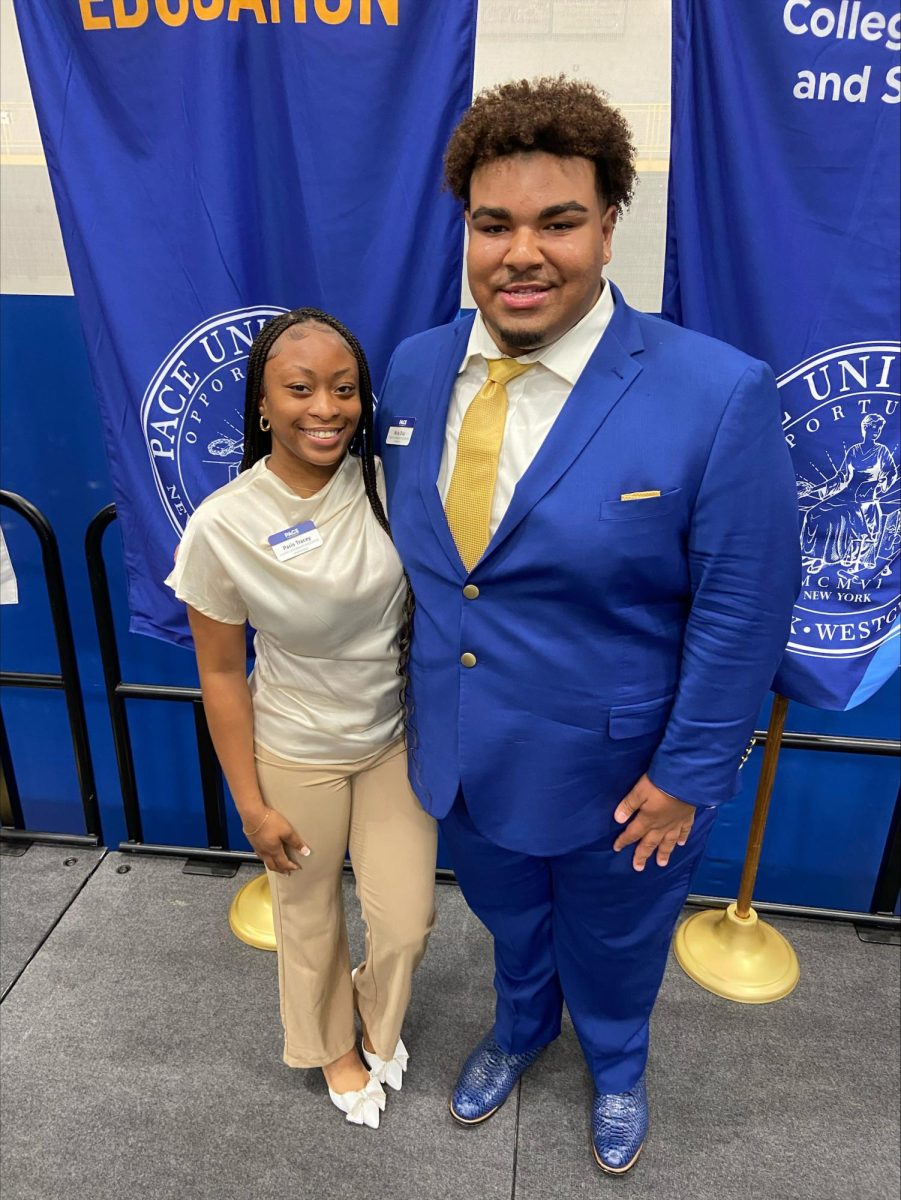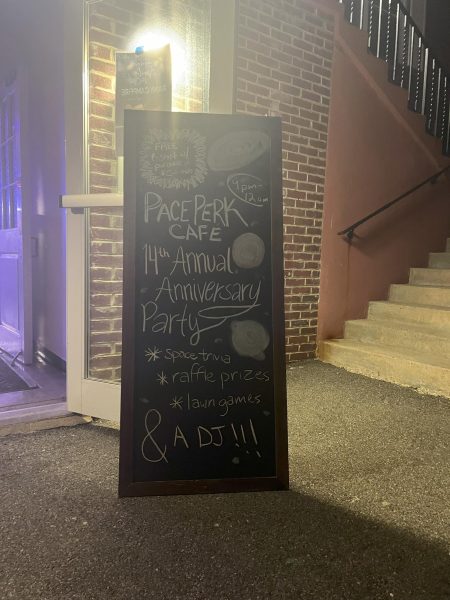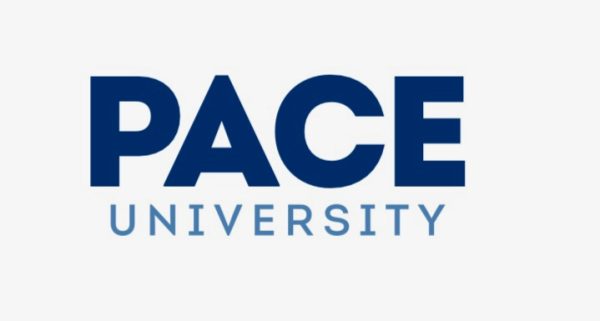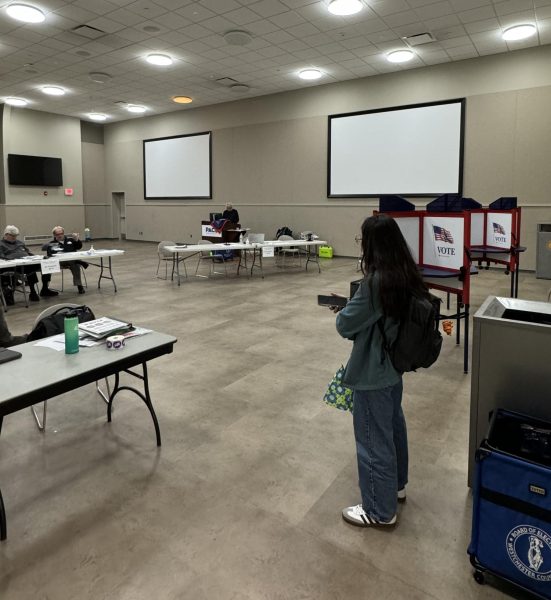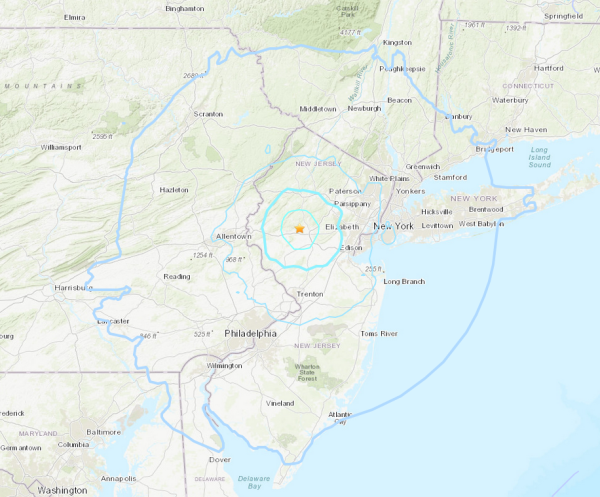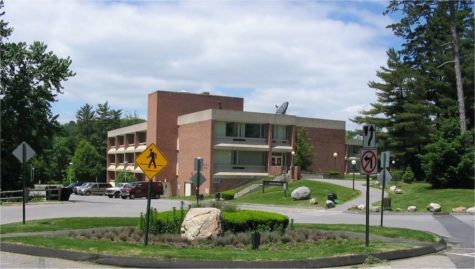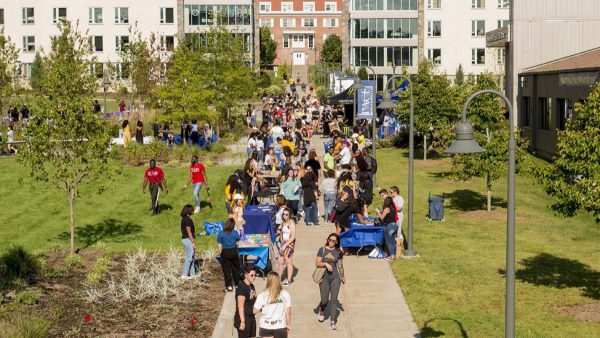Master Plan Affects Future Of Environmental Center
April 17, 2014
Pace’s farm at the Environmental Center has been the heart of the Pleasantville campus since the 1760s, but changes will be made to the historic landmark after the Master Plan is complete.
Jim Eyring, Assistant Director of the Environmental Center, has witnessed and played an integral role in the changes that occurred to the Environmental Center for the past 35 years. He attributes the inception of the Environmental Center to students who contributed during the 1960s and 1970s.
“Pace students in the late ‘60s and early ‘70s – they’re the ones who really saved the farm,” Eyring said. “They started the first Environmental Center. I’ve been here 35 years now, and we’ve all added our bits and pieces. But those early people are the ones who really founded it.”
Despite his modesty, Eyring has made some dramatic improvements to the Environmental Center. His passion for farm animals, wild animals, and birds of prey inspired him to build both the chicken coop and the hawk pens with his own two hands.
Among their other contributions, both Eyring and Angelo Spillo, Director of the Environmental Center, built the Marty McGuire Museum located inside the center. The museum houses various reptiles, amphibians, a chinchilla, and a screech owl.
“The museum was always a dream of ours,” Eyring said. “Angelo and I would sit over coffee and discuss what our dreams were [for the Environmental Center]. We were very lucky that a very generous benefactor made a contribution to make that possible.”
Pace’s Master Plan calls for the museum to be lifted and relocated to the pathway near the Office of Student Assistance. Additionally, the farmhouse will be elevated and the goats and sheep will be relocated.
“It’s sad, it’s 35 years of effort. I’d be lying if I said it didn’t pain me, but I’m looking forward to the future,” said Eyring regarding the expected changes. “We’re going to have a new agricultural building. I’m looking forward to having more goats and sheep. We’re going to have a new pasture and a pavilion with a sheltered roof where we can hold outdoor classes.”
Eyring’s attitude towards the Environmental Center is influenced, he says, by the way he views nature—not stagnant, but ever changing. Because of this, he remains positive about the Environmental Center’s future.
“Some people look at nature as a photograph. I look at it as being a motion picture. Sometimes it’s a slow moving motion picture but it’s constantly changing,” Eyring said. ““Hopefully the Master Plan will fulfill the needs of the university. We’ve educated over a million students. I’m looking forward to the next million.”

